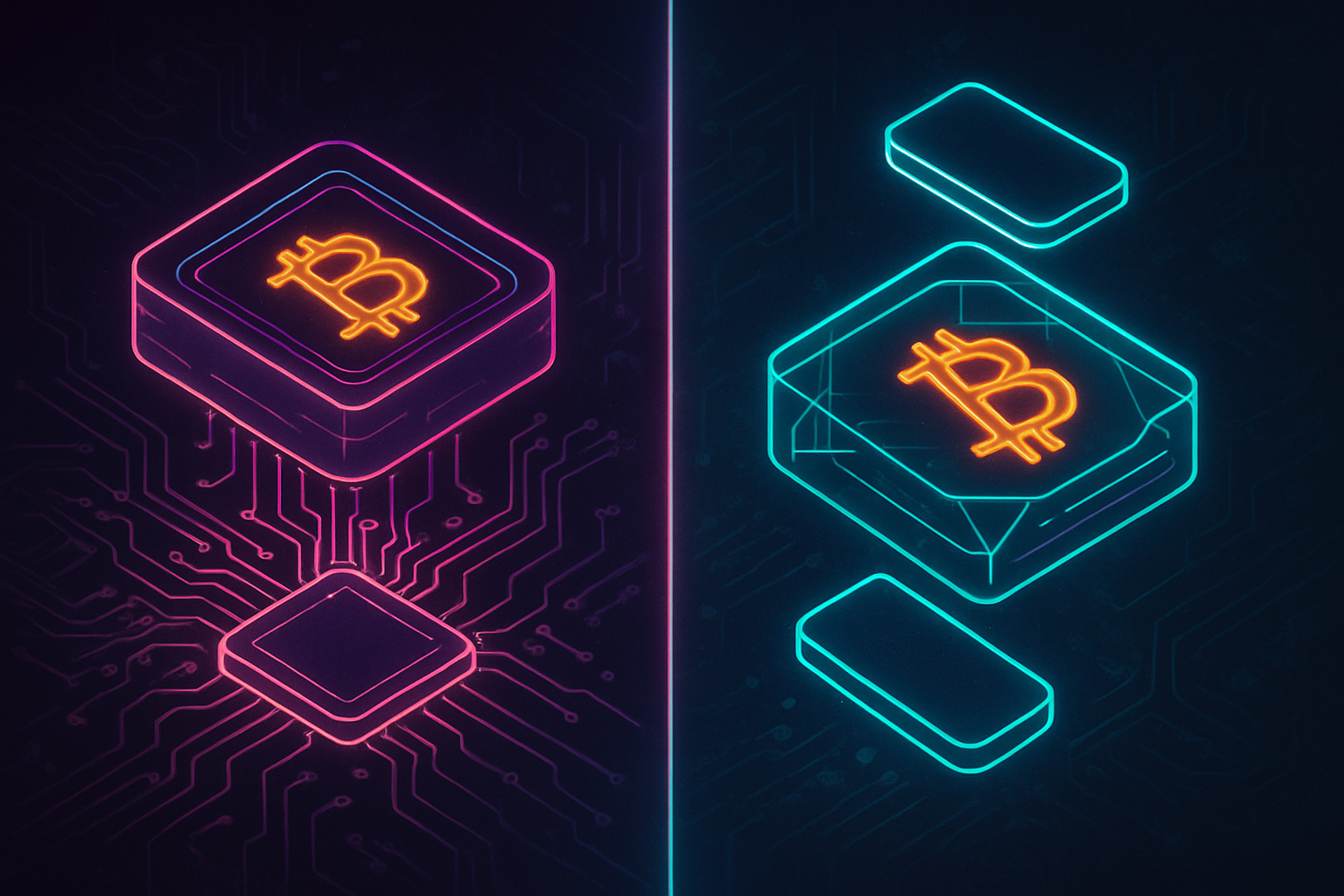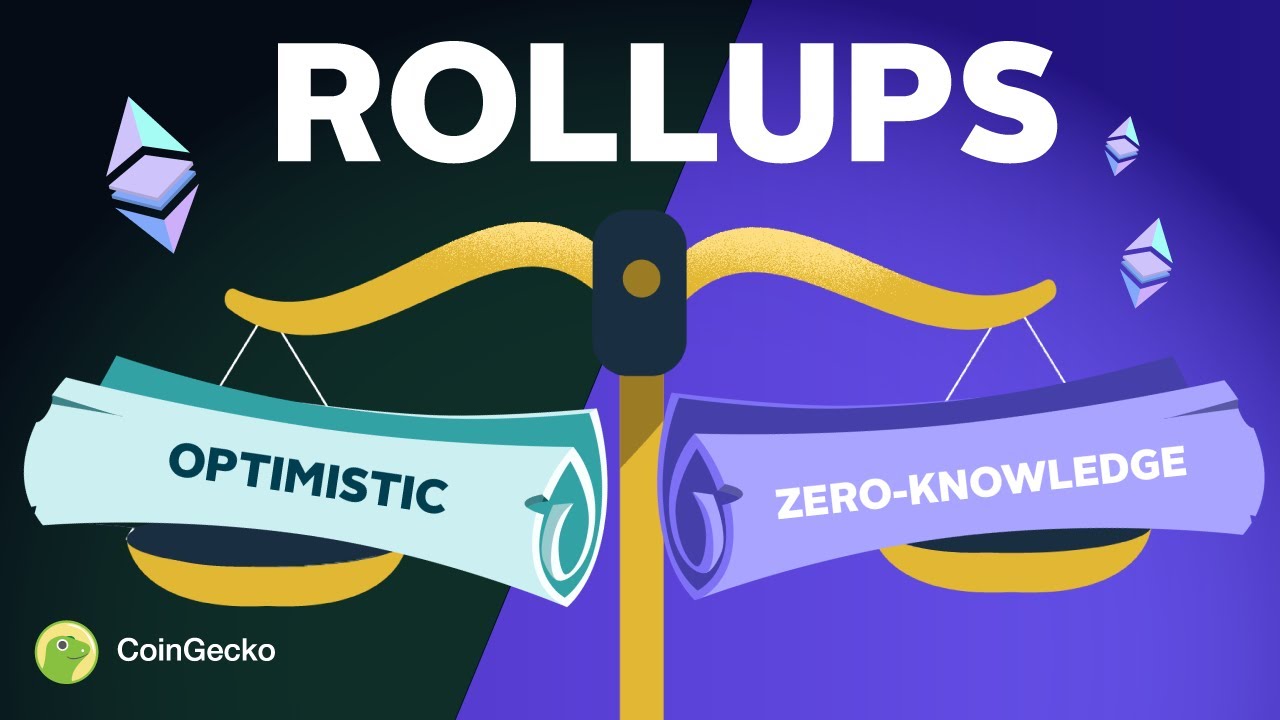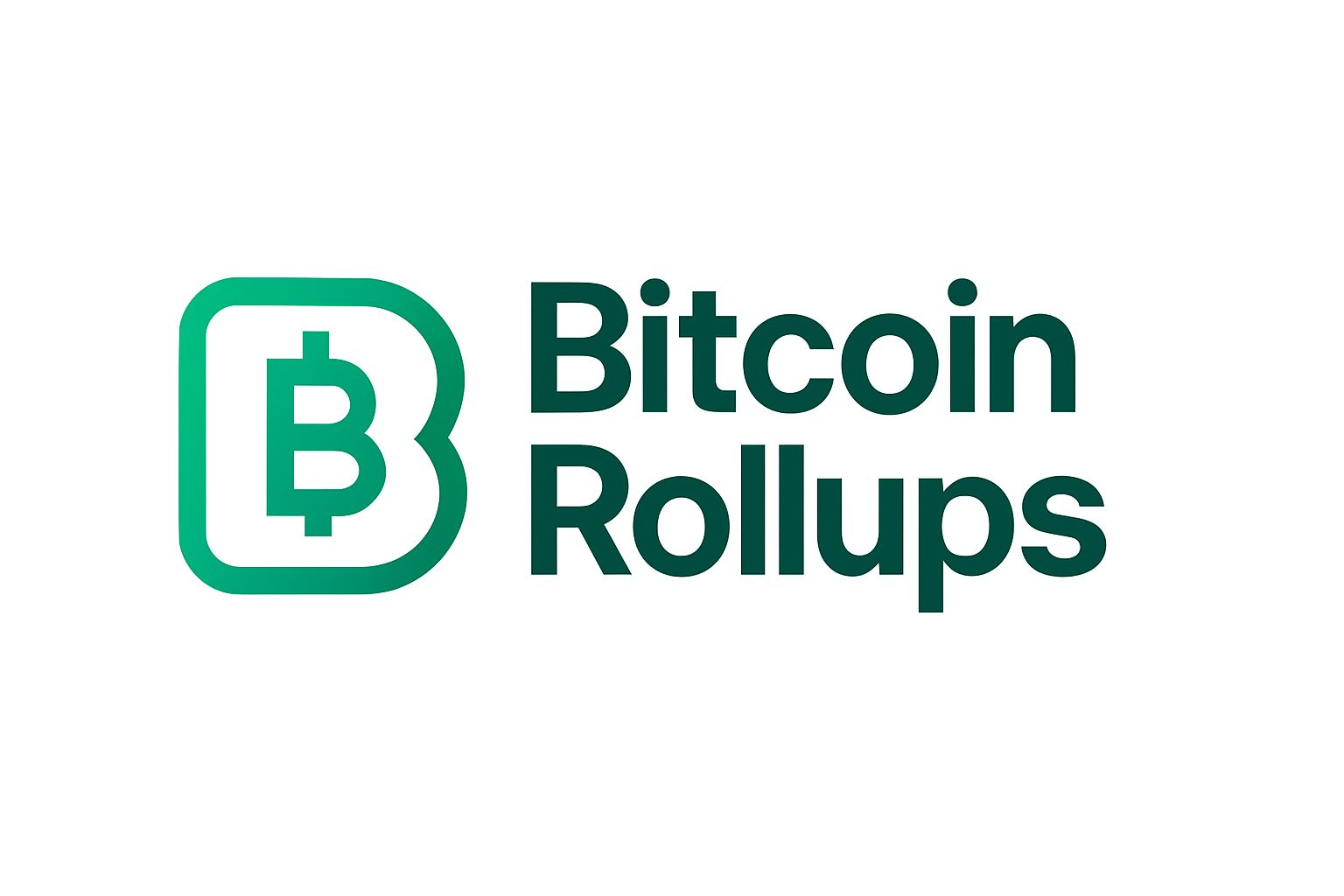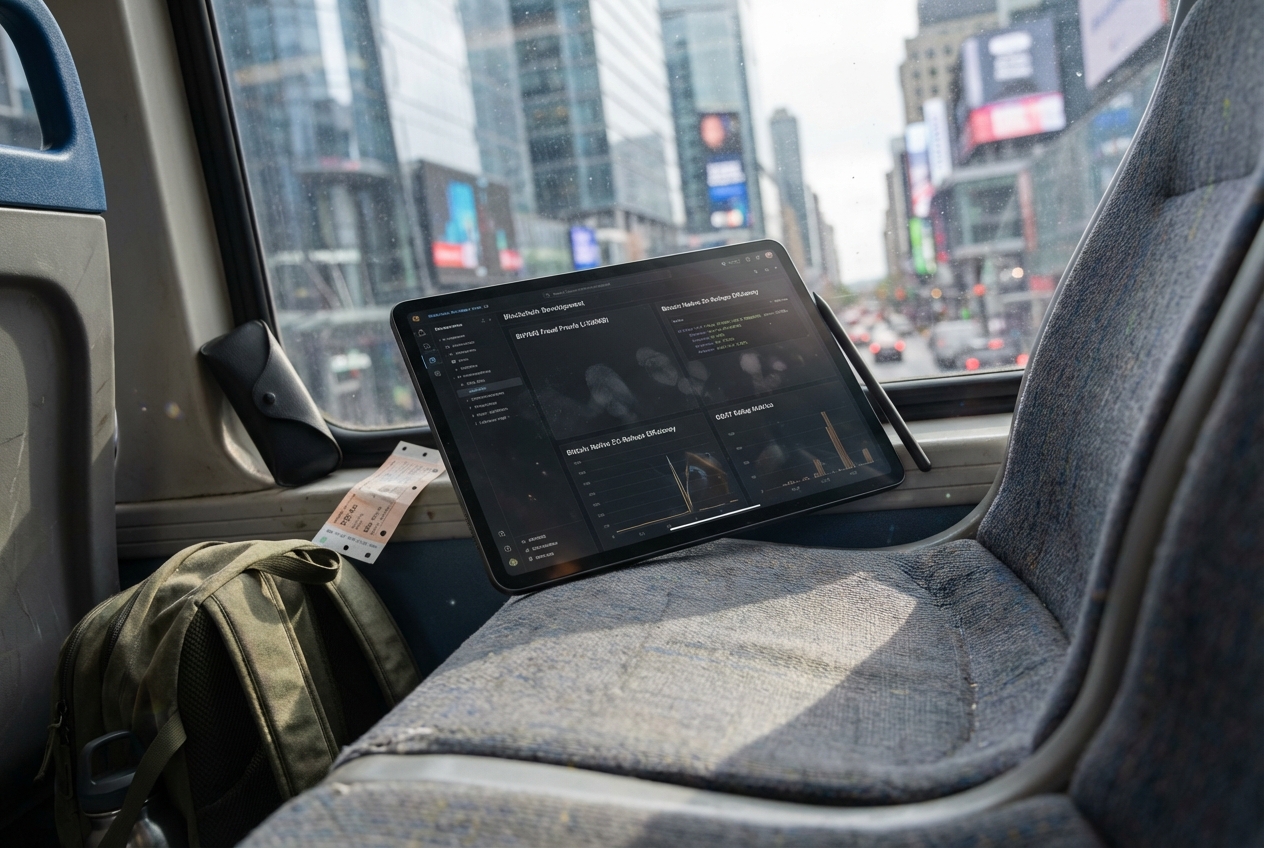
As Bitcoin (BTC) trades at $116,078 on September 19,2025, the demand for scalable, efficient transaction processing has never been higher. Both Optimistic Rollups and zkRollups are emerging as pivotal layer 2 solutions in the Bitcoin ecosystem, promising to alleviate congestion and reduce fees while preserving Bitcoin’s core security model. But how do these rollup types actually compare on technical grounds, and which is better suited for the unique constraints of Bitcoin?
How Optimistic Rollups and zkRollups Work on Bitcoin
Optimistic rollups process transactions off-chain and assume validity by default. Only if a transaction is disputed does the system require a fraud proof, which introduces a challenge period, often up to one week. This design minimizes computation but delays finality. In contrast, zkRollups use zero-knowledge proofs to cryptographically validate each batch of off-chain transactions before posting a succinct proof to the main chain. This delivers immediate finality and stronger guarantees against fraud.
The distinction is fundamental: optimistic rollups operate on an assumption of trust, with disputes handled reactively, while zkRollups enforce correctness proactively through math. For developers considering Bitcoin scaling solutions, understanding this difference is crucial.
“Optimistic rollups are like trusting your friend to pay you back unless someone catches them cheating; zkRollups are like requiring a notarized receipt for every payment. ”
Pros and Cons: Security vs Speed vs Cost
The tradeoffs between these two technologies become clearer when viewed through the lens of security, cost, and user experience:
- Optimistic Rollups Pros: Lower computational requirements mean cheaper infrastructure costs; easier integration with existing smart contracts; faster throughput in most cases.
- Optimistic Rollups Cons: Withdrawal delays due to challenge periods; security depends on vigilant validators actively monitoring for fraud.
- zkRollups Pros: Immediate transaction finality; robust cryptographic security (no need to trust validators); enhanced privacy options.
- zkRollups Cons: Higher computational demands for generating proofs; historically more difficult to integrate with complex contract logic, though advances like zk-EVM are closing this gap.
This landscape is evolving rapidly. As noted by sources like Coinbase and StarkWare, optimistic rollups typically offer lower latency but at the expense of delayed withdrawals and potential attack vectors if fraud goes unchallenged. Conversely, zkRollup solutions provide airtight security but require more powerful hardware and sophisticated engineering, a significant consideration given Bitcoin’s minimal scripting environment (bitcoininsider.org).
The State of Rollup Adoption in Bitcoin’s Ecosystem
The conversation around “optimistic rollups Bitcoin” has intensified as developers seek Ethereum-style scalability without compromising decentralization. However, integrating either rollup type into Bitcoin presents unique hurdles due to its limited scripting language compared to Ethereum’s Turing-complete environment.
Mainstream use cases being explored include:
- Payment Channels: Aggregating numerous small payments off-chain before settling them efficiently via a single transaction.
- Pseudonymous DeFi: Leveraging rollup-based protocols for decentralized exchanges or lending platforms without leaving the security umbrella of Bitcoin L1.
- User Privacy: Utilizing zkRollup technology to provide confidential transactions, an increasingly important feature as regulatory scrutiny grows.
Bitcoin (BTC) Price Prediction 2026-2031
Professional outlook based on current data ($116,078), market trends, and potential impact of Layer 2 rollups on Bitcoin
| Year | Minimum Price | Average Price | Maximum Price | YoY % Change (Avg) | Key Market Scenario |
|---|---|---|---|---|---|
| 2026 | $93,000 | $127,000 | $163,000 | +9.4% | Early rollup adoption, regulatory clarity improves sentiment |
| 2027 | $108,000 | $142,500 | $188,000 | +12.2% | Broader institutional adoption, Layer 2 scaling matures |
| 2028 | $120,000 | $158,000 | $213,000 | +10.9% | Cycle peak, high network activity, potential ETF expansion |
| 2029 | $112,000 | $149,000 | $207,000 | -5.7% | Post-peak correction, global macro uncertainty |
| 2030 | $124,000 | $165,000 | $230,000 | +10.7% | New cycle, increased DeFi/rollup use cases on Bitcoin |
| 2031 | $143,000 | $186,000 | $260,000 | +12.7% | Matured Layer 2 ecosystem, robust global adoption |
Price Prediction Summary
Bitcoin is expected to experience moderate but steady growth from 2026 to 2031, with average prices rising from $127,000 in 2026 to $186,000 by 2031. The adoption of Layer 2 solutions like Optimistic and zkRollups on Bitcoin could significantly enhance scalability and drive new use cases, especially in payments and DeFi. However, periods of correction and macroeconomic headwinds are likely, resulting in a realistic range between bullish and bearish scenarios each year.
Key Factors Affecting Bitcoin Price
- Adoption and technical maturity of Layer 2 solutions (Optimistic Rollups and zkRollups) on Bitcoin
- Regulatory developments impacting institutional investment and crypto markets
- Market cycles, including bull and bear phases typical for Bitcoin
- Global macroeconomic environment and monetary policy
- Competition from other Layer 1 and Layer 2 blockchains
- Advancements in Bitcoin DeFi, privacy, and payment applications
- Potential launch and adoption of Bitcoin ETFs and related products
Disclaimer: Cryptocurrency price predictions are speculative and based on current market analysis.
Actual prices may vary significantly due to market volatility, regulatory changes, and other factors.
Always do your own research before making investment decisions.
Selecting the Right Rollup: Use Case Matters More Than Hype
No single approach wins across all metrics. For projects prioritizing speed and simplicity, such as high-frequency trading or gaming, optimistic rollups may be preferable despite their delayed withdrawal periods. In scenarios where instant settlement or privacy is paramount (for example in cross-border remittances or confidential asset transfers), zkRollup solutions shine despite their steeper engineering requirements.
As Bitcoin’s price stabilizes at $116,078, the market is watching closely to see which scaling paradigm will gain traction. The decision between zkRollups vs optimistic rollups is not just a technical one, it’s deeply strategic, shaping the future of Bitcoin as a programmable, efficient, and global settlement network.

Developer experience is another critical factor. Optimistic rollups are generally easier to implement on Bitcoin due to their lighter requirements for on-chain logic. This makes them attractive for early-stage projects or those looking to minimize infrastructure overhead. But as zero-knowledge proof systems become more accessible and performant, thanks to innovations like recursive proofs and hardware acceleration, zkRollup adoption is poised to accelerate even within Bitcoin’s constrained scripting environment.
Security assumptions also diverge sharply: optimistic rollups place trust in at least one honest validator to challenge fraudulent activity, while zkRollups mathematically guarantee correctness with every batch posted on-chain. For institutional users or high-value applications, this distinction can be pivotal. Privacy-focused builders are especially drawn to zkRollups for their ability to shield transaction details from public view, an edge that could redefine privacy standards on Bitcoin.
Optimistic Rollups vs. zkRollups on Bitcoin: Key Differences for Developers (as of September 19, 2025)
| Feature | Optimistic Rollups 🤔 | zkRollups 🔒 |
|---|---|---|
| Assumption Model | Assume transactions are valid unless challenged | Assume transactions are invalid until proven by cryptographic proof |
| Transaction Finality | Delayed (challenge period, up to 1 week) ⏳ | Immediate finality ⚡ |
| Security | Relies on honest validators to dispute fraud 🛡️ | Cryptographic proofs ensure security 🔐 |
| Privacy | Limited privacy 🔍 | Enhanced privacy via zero-knowledge proofs 🕵️♂️ |
| Speed | Faster to deploy, but withdrawal delays due to challenge period 🚦 | Fast finality, but proof generation can be slower for large batches 🏎️ |
| Cost & Efficiency | Lower computational requirements 💸 | Higher computational demands for proof generation 💻 |
| Developer Experience | Easier to implement and compatible with existing smart contracts 👨💻 | Historically more complex, but improving with zk-EVM 🛠️ |
| Best Use Cases on Bitcoin | Micropayments, simple DeFi, faster deployment | Privacy solutions, secure DeFi, advanced features |
| Cons | Withdrawal delays, security depends on challenge mechanism ⚠️ | Higher infra cost, potential compatibility issues ⚙️ |
What’s Next for Bitcoin Layer 2 Solutions?
The race is on among teams building Bitcoin layer 2 solutions. Several pilot projects are already experimenting with both models, each working around the limitations of Bitcoin Script through clever protocol design or minimal off-chain computation. As interoperability standards mature, it’s likely we’ll see hybrid approaches emerge, combining the quick throughput of optimistic systems with the cryptographic assurances of ZK tech.
The real measure of success will be mainstream adoption: can these solutions deliver seamless user experiences and lower fees without undermining what makes Bitcoin unique? If so, they could unlock entirely new classes of applications, from scalable decentralized exchanges to privacy-preserving asset bridges, all secured by the world’s most robust blockchain.
Final Thoughts: Navigating Tradeoffs in a Rapidly Evolving Market
The comparison between Bitcoin rollup types is far from settled. Both optimistic and zkRollup models have compelling strengths, and neither is a silver bullet for all use cases. Developers and investors should weigh tradeoffs in security, cost, speed, and compatibility before committing to either path.
If you’re building or investing in the next wave of Bitcoin-native protocols, keep an eye on advances in zero-knowledge technology and composable layer 2 frameworks. As always in crypto infrastructure, agility and informed decision-making are your best allies.
For those tracking market sentiment around these technologies as BTC holds steady at $116,078, staying ahead means understanding not just what’s possible today, but what will be possible tomorrow as both optimistic and ZK paradigms continue to evolve within the constraints (and opportunities) of the world’s leading digital asset.






